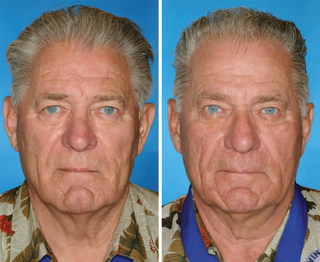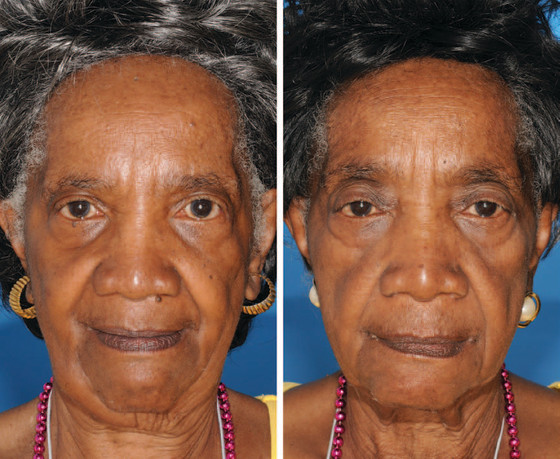Introducing Project Ara, an experiment from Motorola aimed to creating smartphones made out of modular open source hardware.
Google has teased us before. Rumors swirled for months that Motorola would introduce a customizable smartphone that would let consumers decide what kind of hardware—a bigger battery, choice of processor, a better camera—they wanted. The notion of a consumer-grade open hardware platform quickened the heartbeats of geeks across the globe.
What we got instead was the Moto X, a smartphone that can be “customized” bypicking your colors, getting an engraving on the back and adding a personalized message to the startup screen. This was not the revolution in smartphone hardware we wanted.
Still, Motorola’s engineers were paying attention. Today the company announced Project Ara, an open hardware platform where users can pick and choose what type of components they want to build their smartphones.
The Module Connects To The Endoskeleton
Motorola has been thinking about Project Ara for a year. It started the campaign with a project called “Sticky,” a truck wrapped in Velcro and loaded with rooted and hackable Motorola smartphone components and 3D printing equipment. The truck would hold “MakeAThon” events with engineers who would take the raw components and build their own smartphones.
Project Ara aims to take that concept to its logical conclusion. According to Motorola, Project Ara is a “free, open hardware platform for creating highly modular smartphones.”
The devices are built out of what Motorola calls endoskeletons and modules. The “endo” is the frame of the device, while the modules are the hardware, which could be just about anything that a hardware developer could dream up. Want a smartphone that specializes in barometric readings and air humidity? If someone designs and builds a module focused on sensor capabilities, you could add it to an endoskeleton—although with other modules like a CPU, storage, a camera, a radio and so forth.
To build modules for Project Ara, Motorola will make an alpha release of a “Module Developer Kit,” or MPK, within the next few months.
The Real Life Phonebloks
When I first saw Phonebloks, I thought it was a joke. An interesting one, but still a joke. Phonebloks was a video created by Dave Hakkens, a Dutch designer who envisioned a smartphone that consisted of a universal motherboard and hardware blocks that could be placed on to it like Legos to give you a highly customized smartphone.
The video concept of Phonebloks (below) in intriguing indeed. Alas, most people dismissed it as the pipedream of a designer with too much time on his hands.
Motorola didn’t see the video and dismiss it. The company met with Hakkens and tapped into the growing community of Phonebloks realists. And now we have Project Ara, the potential fulfillment of Hakkens’ vision.
If you know about how computers are made, it was easy to ditch Phonebloks as some weird dream. Hardware at the smartphone level is highly customized to run with mobile operating systems it is built for. If you want a camera in your smartphone, it has to be able to work with Android or iOS or Windows Phone and be compatible with the computer processor and the graphics processor and a variety of other hardware and software elements.
An open hardware platform where users could add whatever components they want willy nilly? It's a quality-assurance nightmare.
Project Ara will likely run into the problem of compatibility as open source hardware developers build new modules for the experiment. As the creator of the project, Motorola is going to have to introduce certain standards and practices to the platform to make sure all the components of an Ara smartphone play nicely with each other. The biggest mountain Ara may have to climb will likely involve getting open source module builders on the same page.
Let’s be clear: Ara is an experiment. One that could’ve been cooked up on a university campus somewhere, where students tinker with their own open-sourced-hardware smartphones, but never bring a real device to market. Students at the MIT Media Lab in Cambridge, Mass., have done similar projects.
But if Motorola can actually create a viable commercial project out of Ara, it would be the epitome of the do-it-yourself maker movement—not to mention a fulfillment of the dream sparked by those early Moto X rumors.













